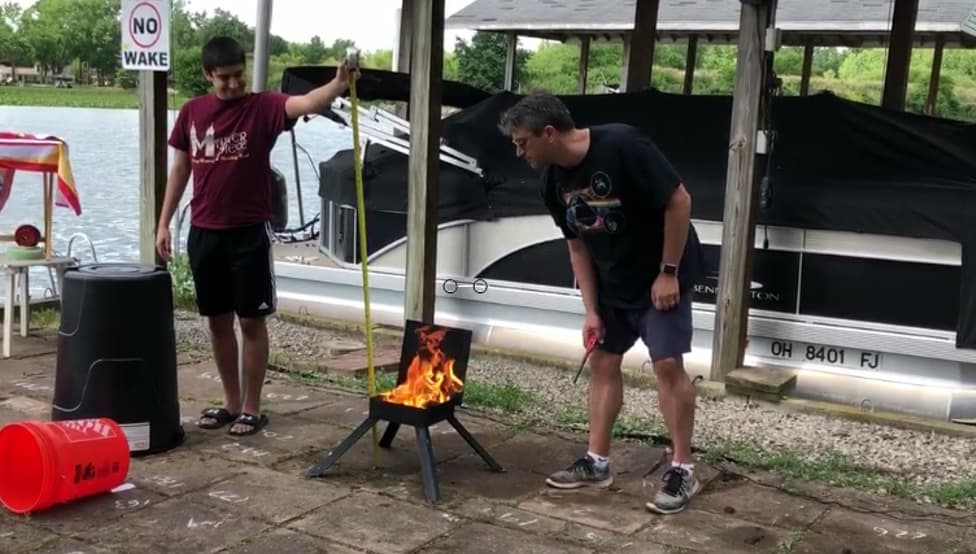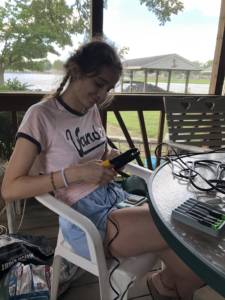Plume Coverage Validation Test Preview
After having been granted patent 10,600,057 for the development of our plume coverage technology for fire detection mapping in our Effigy fire and gas mapping software, we decided to perform some validation testing to verify the improved performance over the now obsolete fourth generation technologies of ray tracing and ray casting and even Kenexis’ own fifth generation technology of point finite volume analysis. While it will take some time to prepare a complete report of the results, we decided to share this brief video that highlights some of the results. The validation testing was performed by a team of Kenexis engineers including Ed Marszal (President and CEO), Melanie Marszal (Intern, Sophomore ChE Student at Vanderbilt University), and Nicholas Marszal (Senior, Bishop Watterson High School and Prospective ChE student next fall). Sammy, our dog, was also present but was terrified by the whole ordeal.
The test involved setting up two fire detectors (MSA FL4000H Multi-Spectrum IR), and a series of obstructions to simulate piping, vessels, and pumps in a typical, but small, process plant area. Fires were then set in over 200 locations and the status of each of the detectors as a result of the fire. The results of the fire testing will be compared against fire and gas mapping software estimates of what fire coverage would be achieved. It will require several weeks to process all of the results and prepare a final paper. Kenexis expects to publish the results at an upcoming process safety conference like the Mary Kay O’Conner process safety conference or the Global Congress on Process Safety.
While the results are still in development, we can tell you that plume coverage modeling is critical to getting accurate results for fire detection coverage. Our testing showed both of the detectors were essentially able to see all of the fires. The obstructions had essentially no effect on the ability of the fire detectors to go into alarm because the fire plumes always extended above or around the obstruction and still caused the detectors to go into alarm state. This test clearly shows that fire detector designs using obsolete fire and gas mapping techniques are grossly over-specifying the number of fire detectors that are required to cover an area that has a large amount of small diameter and low height obstructions. In the interim, please enjoy the wrap-up presentation that give an overview of the test.


